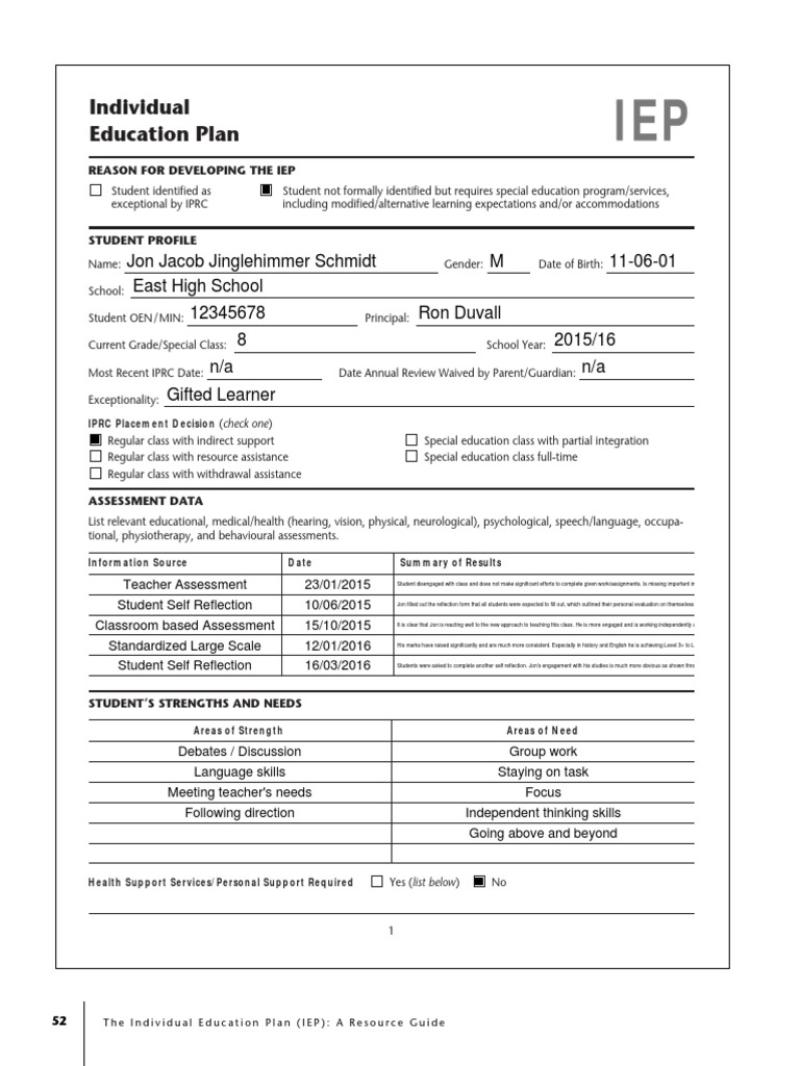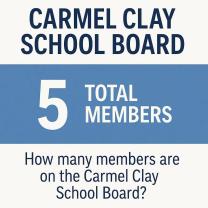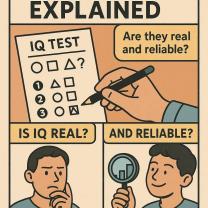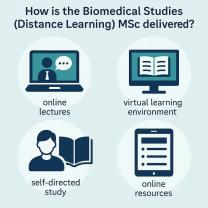What should be in an IEP?
An Individualized Education Program (IEP) is a comprehensive and individualized document that outlines the educational plan for a student with a disability. The IEP is a legally binding document in the United States, and it should include specific components to ensure that the student receives the appropriate services and supports. Here are the key components of an effective IEP:
Present Levels of Academic Achievement and Functional Performance (PLAAFP):
- This section describes the student's current academic and functional abilities. It includes assessments, observations, and other relevant information to provide a baseline for developing goals and determining needed services.
Measurable Annual Goals:
- The IEP includes specific, measurable, and achievable goals that address the student's unique needs. Goals are related to academic achievement, functional performance, and, if applicable, social and behavioral skills.
Special Education and Related Services:
- This section specifies the special education and related services the student will receive to support their goals. This may include specialized instruction, speech therapy, occupational therapy, counseling, and other services.
Participation in General Education Settings:
- The IEP outlines the extent to which the student will participate in general education settings, including academic classes, extracurricular activities, and other school-based events. It emphasizes inclusion whenever possible.
Accommodations and Modifications:
- Describes any accommodations or modifications that will be provided to help the student access the curriculum. Accommodations might include extended time on tests, preferential seating, or the use of assistive technology.
Transition Services (for students aged 16 and older):
- For students approaching adulthood, the IEP includes transition services that help them prepare for life after high school. This may include vocational training, employment goals, independent living skills, and post-secondary education plans.
Participation in State and District-Wide Assessments:
- Specifies how the student will participate in state and district-wide assessments. It outlines any accommodations or modifications needed to ensure fair and accurate assessment of the student's progress.
Frequency, Location, and Duration of Services:
- Details the frequency, location, and duration of the special education and related services. This ensures clarity about when and where services will be provided.
Progress Monitoring:
- Describes how the student's progress will be measured and reported. It includes methods for monitoring progress toward IEP goals and objectives.
Annual Review and Revision Procedures:
- Specifies how and when the IEP will be reviewed and, if necessary, revised. It usually includes an annual review meeting, during which the IEP team discusses the student's progress and makes any necessary adjustments.
Parent and Student Participation:
- Highlights the importance of parental involvement in the IEP process. Parents are considered equal members of the IEP team and are actively involved in decision-making regarding their child's education.
Procedural Safeguards:
- Informs parents of their rights and provides information about procedural safeguards, including the right to appeal decisions, resolve disputes, and access due process if needed.
It's important to note that the IEP is a collaborative effort involving parents, educators, and other professionals. The document should be developed and reviewed in partnership with the student's IEP team to ensure that it reflects the student's unique needs and promotes their educational success.
An Individualized Education Program (IEP) is a legal document that outlines the special education services and accommodations that a student with a disability needs to succeed in school. A comprehensive IEP should include the following elements:
1. Present Levels of Academic Achievement and Functional Performance (PLAAFP):
The PLAAFP provides a clear picture of the student's current academic and functional performance across various domains, including academics, communication, social skills, and motor skills. This baseline assessment helps establish the student's strengths and areas of need, informing the development of appropriate goals and interventions.
2. Annual Goals:
Annual goals are specific, measurable, achievable, relevant, and time-bound (SMART) objectives that outline what the student is expected to achieve within a one-year timeframe. These goals should be aligned with the student's PLAAFP and address their identified areas of need.
3. Special Education Services:
This section details the specific special education services that the student will receive to meet their annual goals. These services may include individualized instruction, specialized teaching methods, assistive technology, or other specialized interventions.
4. Accommodations and Modifications:
Accommodations and modifications are changes to the general education curriculum or instructional methods that help the student access the curriculum without changing the content or expectations. Modifications may involve altering the content or expectations to better suit the student's abilities.
5. Participation in Assessments:
This section outlines the student's participation in assessments and how their progress will be monitored. It may include specific assessment tools, evaluation schedules, and procedures for sharing assessment results with parents and the IEP team.
6. Related Services:
Related services are additional support services that the student may need to access the general education curriculum, such as speech-language therapy, occupational therapy, or physical therapy.
7. Transition Planning:
As students approach the end of their school years, the IEP should include transition planning considerations. This may involve setting goals for postsecondary education, employment, or independent living.
8. Parent and Student Involvement:
The IEP should outline the roles and responsibilities of parents and the student in the IEP process. This includes opportunities for participation in decision-making, communication, and progress monitoring.
9. Least Restrictive Environment (LRE):
The IEP should specify the student's least restrictive environment (LRE), which is the educational setting where the student can receive appropriate instruction with their non-disabled peers to the maximum extent possible.
10. Implementation and Review:
The IEP should outline the procedures for implementing and reviewing the IEP. This includes regular meetings of the IEP team to monitor progress, make adjustments as needed, and ensure the IEP remains effective in meeting the student's needs.













